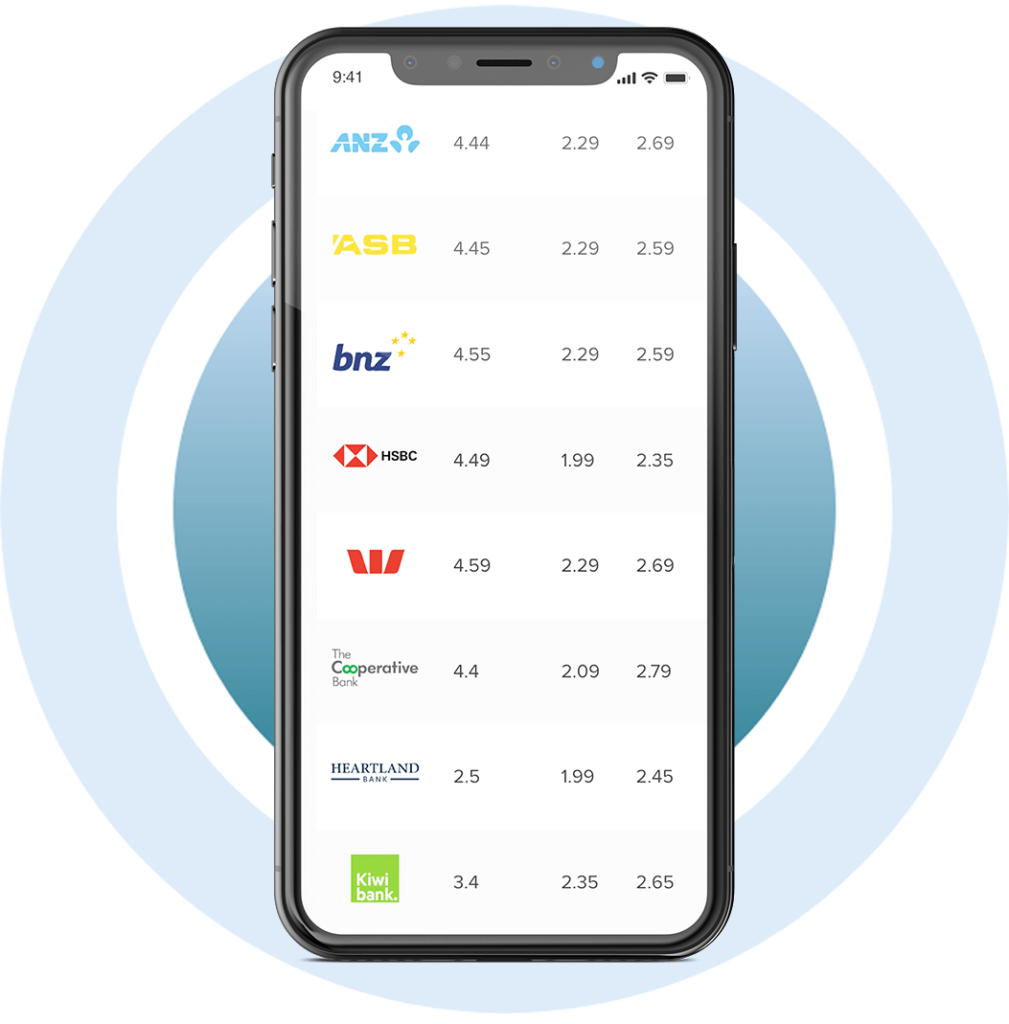Building or renovating.
Make the dream real.
Need help with construction finance?
Get a mortgage adviser on your home building project team.
Today's Best Rates...
Building or renovating FAQs
The easiest way is to use our handy mortgage calculators to work out a budget, your borrowing power and likely home loan repayments. Then you can compare what you can afford to pay, with the prices for group-build house and land packages with a floorplan you like and in the area you’re considering. If you already have a section, ask a few of the larger building companies for the typical cost to build the home you’d like on the land you have.
If you have a turnkey construction contract, where you pay an initial deposit and the remainder on completion, then the loan will be much like a standard home loan. If you have a build-only contract, with payments due at set stages of construction, then the loan will allow progressive drawdowns. Progressive loans have a floating interest rate during the drawdown period and may be available as an interest-only loan for that time. For both types of contracts, lenders use a registered valuation of the completed home when deciding how much they’ll lend, along with your deposit and the repayments you can afford of course. For relocatable and pre-built homes, they’ll only lend based on the land value until the home is permanently attached to the section. For more see our guide to new-build construction loans.
The easiest way is to use our handy mortgage calculators to work out a budget, your borrowing power and likely home loan repayments. Then you can compare what you can afford to pay, with the prices for group-build house and land packages with a floorplan you like and in the area you’re considering. If you already have a section, ask a few of the larger building companies for the typical cost to build the home you’d like on the land you have.
If you have a turnkey construction contract, where you pay an initial deposit and the remainder on completion, then the loan will be much like a standard home loan. If you have a build-only contract, with payments due at set stages of construction, then the loan will allow progressive drawdowns. Progressive loans have a floating interest rate during the drawdown period and may be available as an interest-only loan for that time. For both types of contracts, lenders use a registered valuation of the completed home when deciding how much they’ll lend, along with your deposit and the repayments you can afford of course. For relocatable and pre-built homes, they’ll only lend based on the land value until the home is permanently attached to the section. For more see our guide to new-build construction loans.
Most people increase their existing mortgage, either with their current lender or by refinancing with a new one. Your renovation loan plus your existing mortgage balance can usually be up to 80% of your home’s estimated value once the project is finished. You’ll need a registered valuer to provide this estimate. If your construction contract has a schedule of payments due at set completion stages, your lender will arrange for these amounts to be drawn down as required. That way you don’t have to borrow and pay interest on the full amount from the very beginning.
Essential reading for building or renovating.

What does it cost to build a house in NZ?
If you’ve been looking for a home for a while, you’ve probably put some thought into the option of building a new house or buying

New home vs existing home – which way should you go?
Choosing whether to build from scratch or buy an existing home is a question that many Kiwis struggle with. The decision outcome is highly individual.

A guide to new-build construction loans
Buying a house off the plans that hasn’t been built yet can seem pretty scary. You’re usually signing up to a massive new-build loan for something
Check out the latest mortgage rates.

Calculators to get you there.
When you’re looking at building or renovating, working out how much you can afford to borrow is a crucial early step. Our handy calculators can help you to create a construction loan payments budget, confirm your borrowing power and explore the effects of different mortgage structures.
Visit the Learning Centre.
Before you start talking to lenders or a mortgage adviser, brush up your knowledge about building costs and construction loans. Our Learning Centre has informative articles and guides that can help you to understand the options and make good decisions. They’re all written by expert authors and checked by our panel of mortgage advisers.



